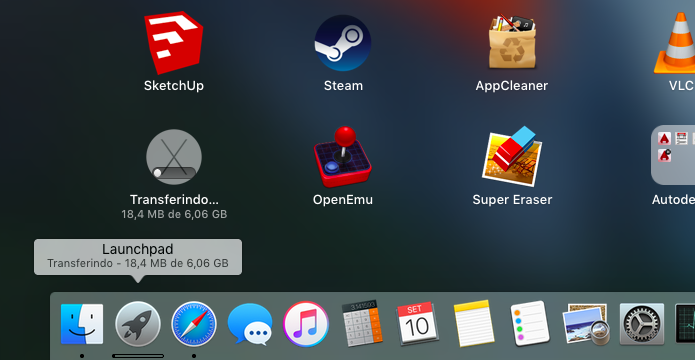
first-boot-pkg/post-elcap-upgrade.pkgĬreating /private/tmp/tmp4hDxTs/dmg.BzTtzS/Packages/llection Mounting /Applications/Install OS X El Capitan GM Candidate.app/Contents/SharedSupport/InstallESD.dmg.Ĭopying additional packages to InstallESD/Packages/:Ĭopying flat package. Writing index.sproduct to /Users/grahamgilbert/src/createOSXinstallPkg/InstallOSX_10.11_15A282b_custom.pkg/Contents/Resources/OS X Install Data/index.sproduct. Total additional package size: 1856 KbytesĬhecking available space on /Applications/Install OS X El Capitan GM Candidate.app/Contents/SharedSupport/InstallESD.dmg.Ĭreating MacOSXInstaller.choiceChanges.ĭownloading and adding IncompatibleAppList pkg.ĭownloading to /Users/grahamgilbert/src/createOSXinstallPkg/InstallOSX_10.11_15A282b_custom.pkg/Contents/Resources/OS X Install Data/OSX_10_11_IncompatibleAppList.pkg. Output path: /Users/grahamgilbert/src/createOSXinstallPkg/InstallOSX_10.11_15A282b_custom.pkg InstallESD.dmg: /Applications/Install OS X El Capitan GM Candidate.app/Contents/SharedSupport/InstallESD.dmg Assuming you’re going to keep your code in ~/src: A payload free package to configure your SUS CatalogURLįirst off we’re going to need the script to build a first boot package.

I am only going to make sure that Munki is installed at first boot, but some other things you might want to put in include: Our first job is to build the package that will be installed at first boot. One solution to these issues is to use first-boot-pkg - a tool that will install a set of packages at first boot, and will wrap them in a distribution style package so it can be used with createOSXinstallPkg. This is in addition to the limited OS X Installer environment not having many of the command line tools you might expect to be there. Yosemite introduced a nice undocumented requirement that all packages included in the OS X installer environment are distribution packages.

Greg Neagle wrote createOSXinstallPkg a few years ago that has several nice features for mac admins: We’re fortunate that we have a standard packaging format on OS X that virtually all management tools can install, so this is the most universal way of distributing software.

There are several ways of doing this, but assuming your users are unable to perform the upgrade themselves via the App Store (if they’re running as a standard user or your policies prohibit the use of the App Store), you might be wondering how you can use your management tool to get your machines upgraded and make sure they stay enrolled in your management tool. It’s the time of year where we start to think about upgrading our machines to the latest version of OS X.


 0 kommentar(er)
0 kommentar(er)
